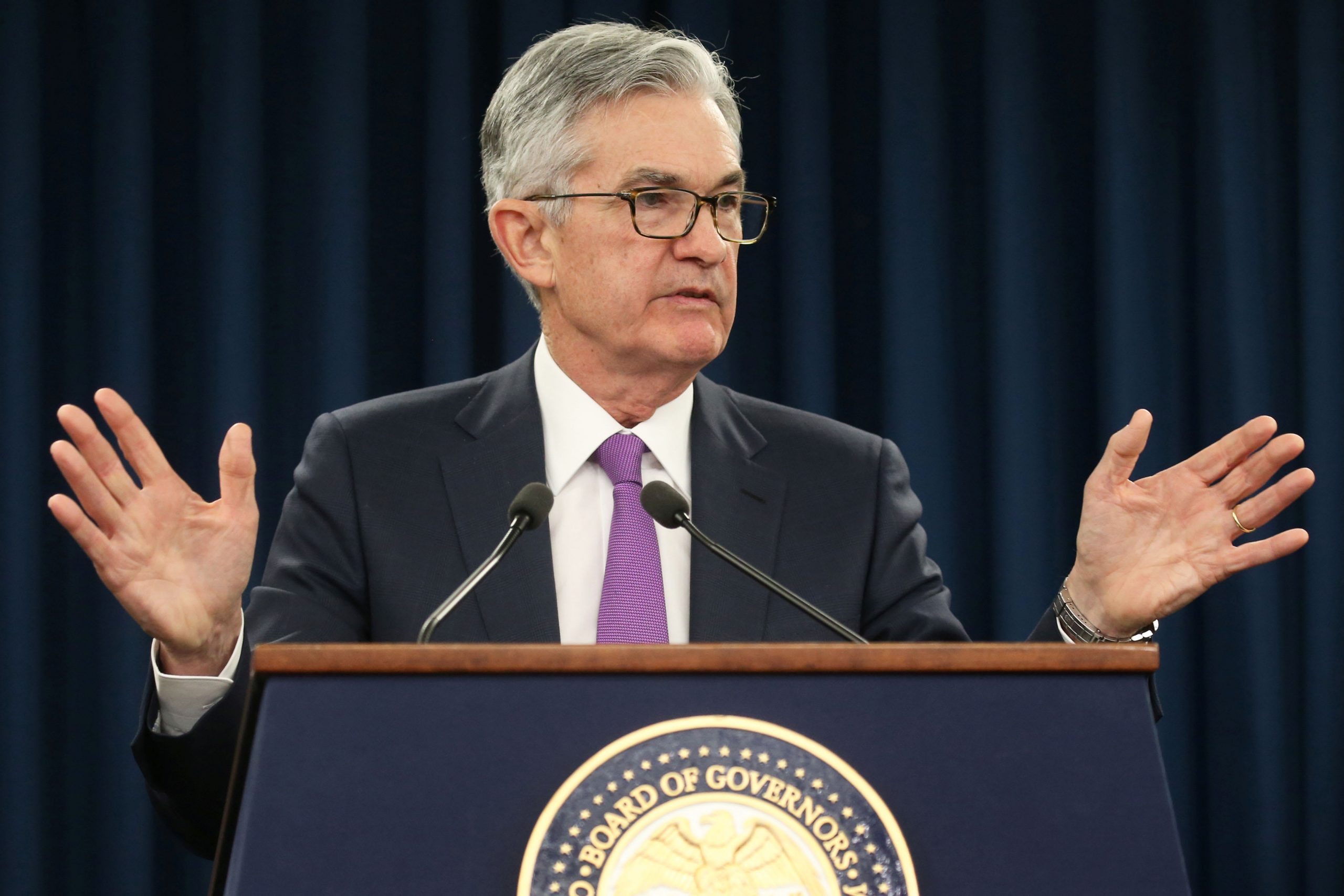Federal Reserve officials called into action to rescue the economy from the clutches of the coronavirus worried about longer-lasting impacts from the pandemic including a second round of infections and the burden that low-income households would face, minutes released Wednesday from the central bank’s April meeting showed.
The meeting, which ended April 29, concluded with the Federal Open Market Committee holding steady on interest rates and pondering future measures ahead. The minutes indicated that more action is likely ahead, though they did not specify when. Members said “further clarity” on asset purchases might be needed “later this year.”
After slashing its benchmark rate to near zero as the coronavirus pandemic took hold, the Federal Open Market Committee voted to keep the rate there in a range between 0% and 0.25% and not move it until a recovery is firmly in place.
The action came as central bank officials noted the excessive damage the virus was doing to the economy and the potential for destruction ahead.
“Participants commented that, in addition to weighing heavily on economic activity in the near term, the economic effects of the pandemic created an extraordinary amount of uncertainty and considerable risks to economic activity in the medium term,” the minutes said.
One area of particular concern is what should happen in the event that coronavirus infections surge later in the year. The minutes noted that the “more pessimistic” outlook for a rebound was probably as likely as the baseline forecast for improvement.
“In this scenario, a second wave of the coronavirus outbreak, with another round of strict restrictions on social interactions and business operations, was assumed to begin around year-end, inducing a decrease in real GDP, a jump in the unemployment rate, and renewed downward pressure on inflation next year,” the summary said.
A second wave, officials noted, also might discourage companies for making capital investments and rehiring workers.
As far as other specific threats, the meeting summary noted vulnerability to the banking sector and the potential for bankruptcies from nonfinancial companies. Some Fed officials said banks should prepare for that kind of scenario by limiting shareholder payouts through dividends and buybacks.
They also noted the danger of high unemployment levels as workers became separated from the workforce. The burden for the economic downturn, which is likely to be the worst in U.S. history for the second quarter, “would fall disproportionately on the most vulnerable and financially constrained households in the economy.”
In addition to cutting rates, the Fed has instituted a slew of lending and liquidity programs targeted at market functioning and getting capital to businesses and individuals. Central bank officials said those measures will continue and there may be additional measures taken and said the existing programs have been “crucial for limiting the severity” of the economic downturn.
Some market participants had been looking for more from the Fed in terms of “forward guidance,” or an indication of what it would take to change monetary policy. While the post-meeting statement offered a general reassurance of keeping rates anchored until the economy showed it was in the clear, the minutes reflected members saying that in the future more concrete goals for unemployment and inflation could be established.
The discussion also included the possibility of designating a specific date before which rates could not rise.


 Signal2forex.com - Best Forex robots and signals
Signal2forex.com - Best Forex robots and signals




